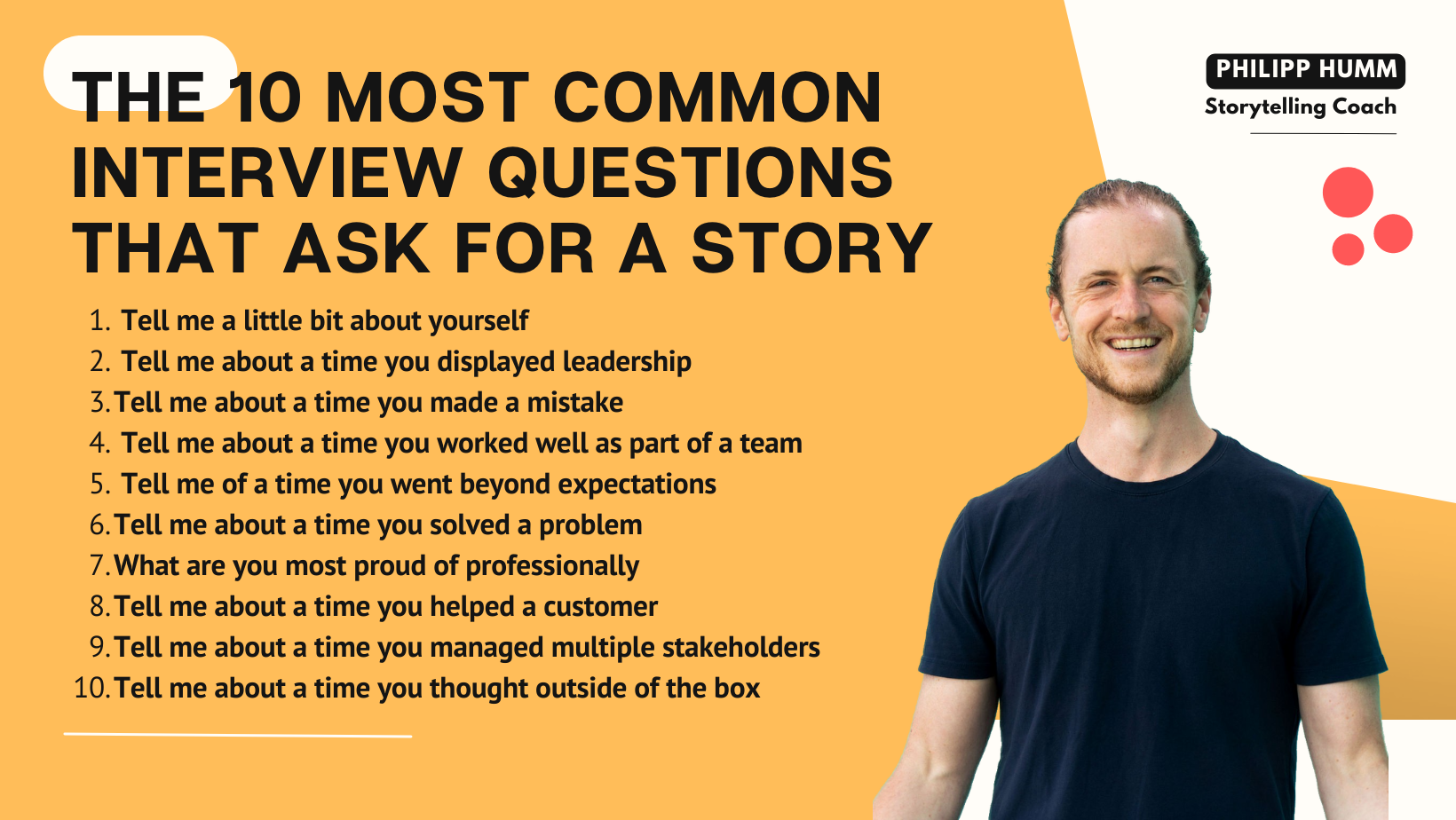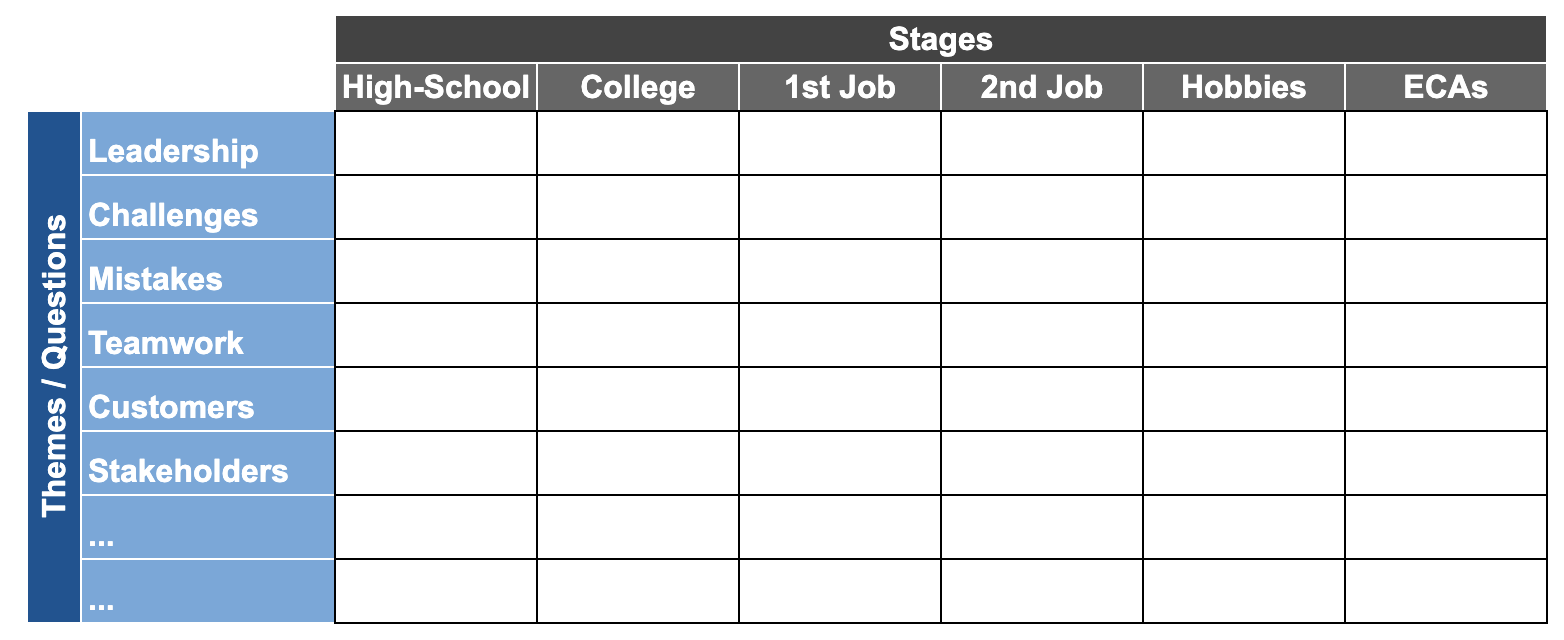Okay, you’ve learned a lot up to this point. But what does it look like in a real-life example?
This example comes from Julia Winkler, a Team Lead at Oracle. She used this story in her interviews when she was asked: “Tell me about a time you helped a customer overcome a major problem.”
“In August 2017, our agency was hired by one of the top three tech companies in Germany. We were asked to help the sales org improve their social selling. What that meant: Help them find and engage with target customers via social media such as Linkedin, Xing, or Twitter.
“One week later, I met with the CMO – let’s call him Tim – in Munich, Germany. In his office, I asked him, ‘Tim, What do you think is preventing you from selling more via social media?’
“He responded, ‘Look, Julia. We’re dinosaurs. 99 out of 100 people in my team would much rather pick up the phone and call someone than send a message on Linkedin. They just don’t feel comfortable using social media.’
“I said, ‘Interesting. Quick follow-up, Tim: how many times have you posted something on Linkedin in the last month?’
“He responded, ‘Well, I haven’t posted anything this month…’
“After that, I asked, ‘Got it. And how many times have you liked, shared or commented on a post?’
“Cautiously, he smiled, ‘I see where you’re going.’
“I said, ‘Look, I’ve been analysing the social media activity of your management team. I’ve compared the numbers to the numbers of your competitors. It turns out that your team is 63% less active on social media.’
“And I followed up with, ‘Tim, if you want to drive change in your organisation, your management needs to lead the change.’
“The same day, we agreed on a plan to move the company towards social selling. First, we would train the management team. We would then convince them about the importance of social selling and make them feel comfortable using social media. Only once they were fully on board, we would move to the rest of the organization.
“Over the following six months, we trained their entire sales organization in Germany on social selling.
“Two years later, I met Tim for a virtual coffee. We talked about how the program had been going. At one point Tim said, ‘Julia, our social media activity has doubled since you came onboard. We’re now making billions through leads from social media. Thank you so much.’”






